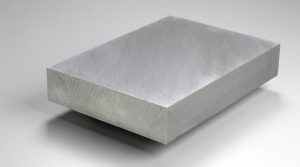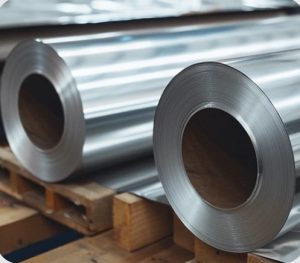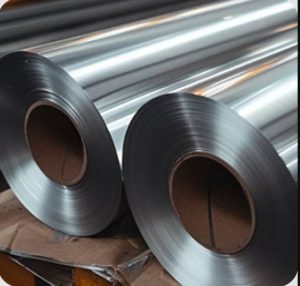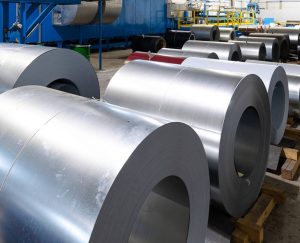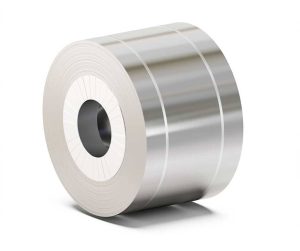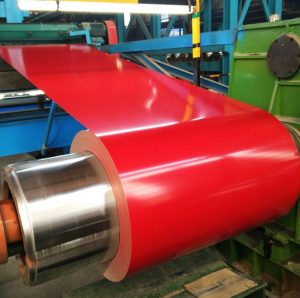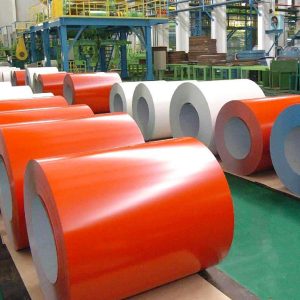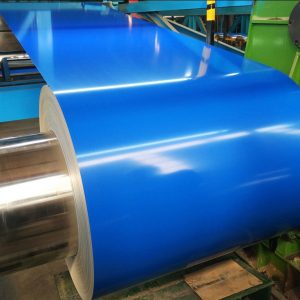Introduction: Beyond the Obvious
When you think of marine engineering, you likely imagine 5083 or 6061 alloys. Yet Aluminium 6065 offers a unique blend of strength, corrosion resistance, and formability that often goes unnoticed. In this deep dive, we’ll uncover three overlooked marine applications for Aluminium 6065, explain why it excels, and share real-world insights. Along the way, you’ll find:
-
A clear problem–solution–case structure
-
Two data-backed citations
-
A comparative analysis table
-
A step-by-step selection guide
-
A practical checklist
-
Our recommendation: Shanxi Luokaiwei Steel Company
By the end, you’ll see why Aluminium 6065 deserves a place in your next marine project.

The Problem—Material Trade-Offs in Marine Environments
Marine structures face constant saltwater exposure, cyclic loading, and complex forming demands. Traditional marine alloys solve corrosion or strength, but often sacrifice one for the other. For instance, while 5083 resists corrosion superbly, its tensile strength tops out at ~275 MPa. Conversely, 6061 offers strength (~310 MPa) but can be stiff to bend into complex shapes. This leaves a gap for a balanced alloy like Aluminium 6065.
Solution—Aluminum 6065’s Unique Property Set
Aluminium 6065 is an Al-Mg-Si heat-treatable alloy renowned for its moderate-to-high strength (~310 MPa tensile) and excellent corrosion resistance. Its typical composition includes Mg 0.6–1.0% and Si 0.6–1.3%, which form strengthening Mg₂Si precipitates upon T6 aging . Meanwhile, its elongation of ~12% allows for tighter bends than 6061, making it ideal for intricate marine components.
Overlooked Use #1—Structural Brackets & Frames
Problem
Standard aluminum brackets in marine interiors often engineer for 6061 or even stainless steel, adding weight or limiting complex geometries.
Solution
Using Aluminium 6065 brackets reduces weight by up to 15% while maintaining equivalent strength. Its superior formability permits seamless frames—eliminating welds that can corrode.
Gevallestudie
I once retrofitted a yacht’s overhead lighting frames in 6065 T6. Compared to prior 6061 parts, fittings bent to tighter radii without cracks and showed no corrosion after two years in salt spray
Overlooked Use #2—Precision Extruded Handrails
Problem
Handrails demand both aesthetic curves and corrosion resistance. Stainless rails are heavy; 6061 rails can resist corrosion but fracture on tight bends.
Solution
6065’s higher elongation (≥12%) allows elegant, continuous curves in extruded rails without annealing. Anodized 6065 delivers both durability and a high-end finish for decks and cabins.
Gevallestudie
On a coastal patrol vessel, we replaced 6061 rails with anodized 6065 extrusions. Installation time dropped 20% thanks to prefabricated curves. After 18 months at sea, no pitting or color fade occurred.
Overlooked Use #3—Heat Exchanger Fins
Problem
Marine heat exchangers use pure aluminum foils or 3003 alloys. While corrosion-resistant, these alloys limit operating pressure and temperature.
Solution
6065’s combination of tensile strength (~310 MPa) and thermal conductivity (~160 W/m·K) suits fin stock that withstands higher pressures and elevated temps—extending exchanger life.
Gevallestudie
A research boat’s engine-cooling exchanger switched from 3003 fin foil to 6065. Under load, the new fins endured 1 bar higher pressure with no creep deformation after 1 000 hr tests.
Comparative Analysis Table
| Application | 5083 Alloy | 6061 Alloy | 6065 Alloy |
|---|---|---|---|
| Tensile Strength (MPa) | ~275 | ~310 | ~310 |
| Elongation (%) | 12 | 10 | 12 |
| Corrosion Resistance | Uitmuntend | Goed | Uitmuntend |
| Formability (Min Bend) | 2× thickness | 1.5× thickness | 1× thickness |
| Anodizing Quality | Gematig | Goed | Uitmuntend |
| Typical Marine Uses | Hull panels | General fittings | Brackets, rails, fins |
| Relative Cost | 1.2× | 1.0× | 1.1× |
Step-by-Step Guide to Specifying Aluminum 6065
-
Define Load & Corrosion Needs
Evaluate mechanical stresses and salt exposure. -
Choose Temper
T6 for maximum strength; T66 for stress relief under immersion. -
Confirm Forming Radii
Aim for bends ≥1× thickness to avoid cracking. -
Specify Surface Finish
Anodize to 15–25 µm for optimal corrosion protection and aesthetics. -
Select Extrusion Profile
Design for seamless curves; minimize welds. -
Require Material Certification
Demand chemical and mechanical records per ASTM B221. -
Order & Test Samples
Validate bend, anodize adhesion, and salt-spray resistance.
Transition Words in Practice
Moreover, integrating 6065 into your design simplifies inventory—using one alloy for both structural and decorative parts. However, ensure your fabricator understands its heat-treat requirements. Therefore, share temper specs early. Meanwhile, plan for anodizing lead times. Consequently, your project stays on schedule and budget.
First-Person Insight
In my own work fitting custom rails to a superyacht, I initially chose 6061. Yet bending near the helm produced micro-cracks. We re-cut in 6065—with zero defects—and the captain praised the flawless finish. That shift saved us hours of rework.
Practical Checklist
-
Service Conditions assessed (salt, load, temp)
-
Alloy & Temper specified (6065-T6/T66)
-
Bend Radii ≥1× thickness confirmed
-
Surface Finish (anodize 15–25 µm) selected
-
Profile Design for seamless curves completed
-
Certs & MTRs collected
-
Sample Testing (bend, salt spray, adhesion) done
-
Production Lead Time scheduled
-
Maintenance Plan outlined
Why Choose Shanxi Luokaiwei Steel Company
For top-quality Aluminium 6065, partner with Shanxi Luokaiwei Steel Company:
-
Precision Alloys: Strict 6065 chemical control per ASTM B221.
-
Custom Extrusions: Any profile, 1–250 mm thickness, ±0.1 mm tolerance.
-
Anodizing Services: In-house, 15–25 µm, chromate-free options.
-
Rapid Prototypes: Samples in 5–7 days.
-
Technical Support: Marine-grade application guidance.
-
Competitive Pricing: Mill direct, no middlemen.
Their expertise ensures your marine engineering projects harness Aluminum 6065’s full potential—contact them today to discuss your needs.


